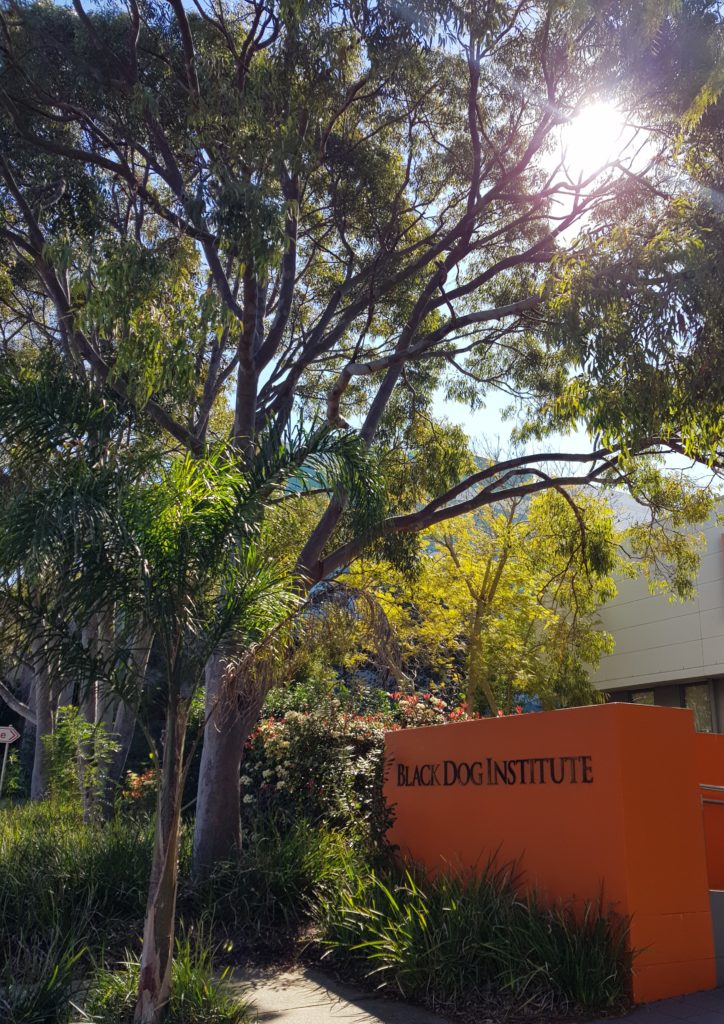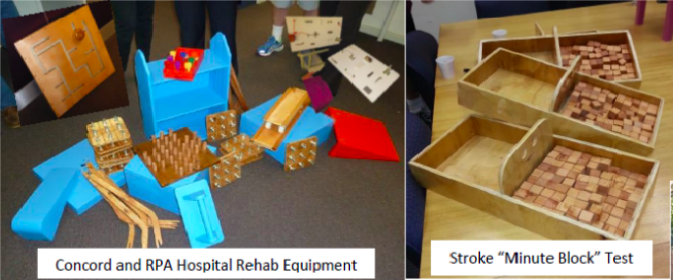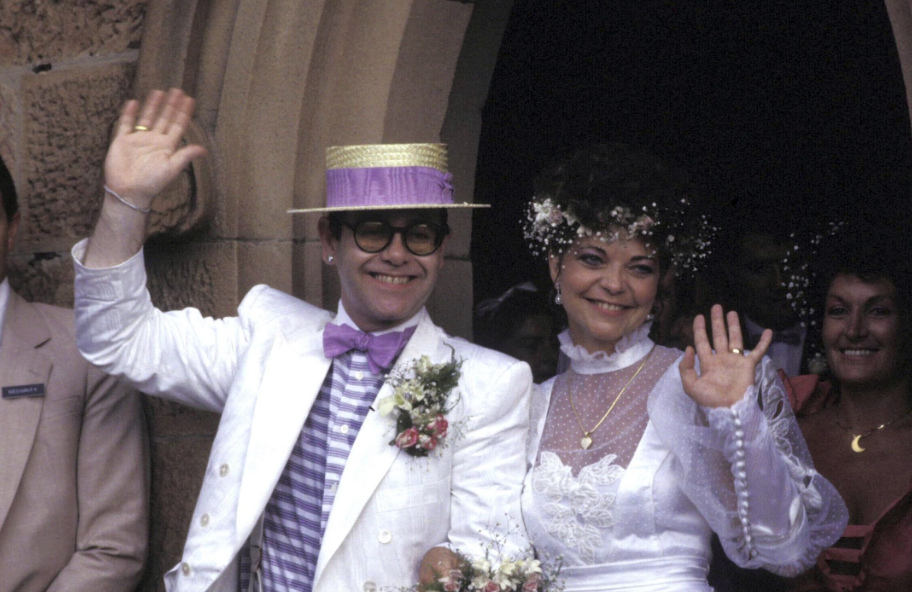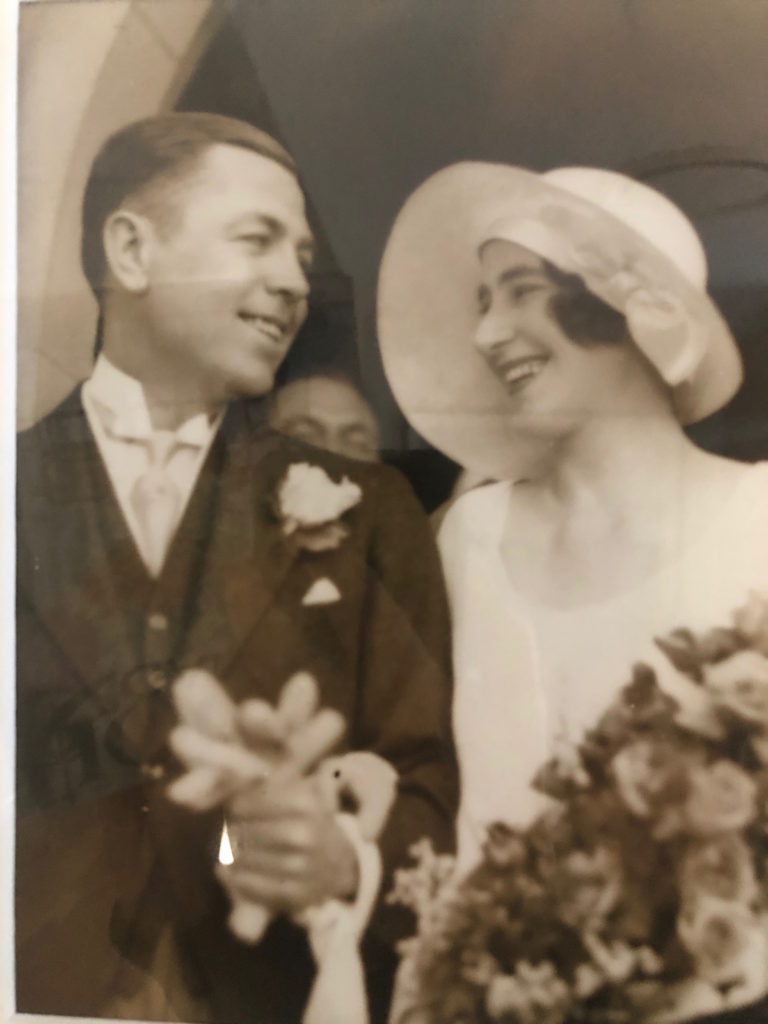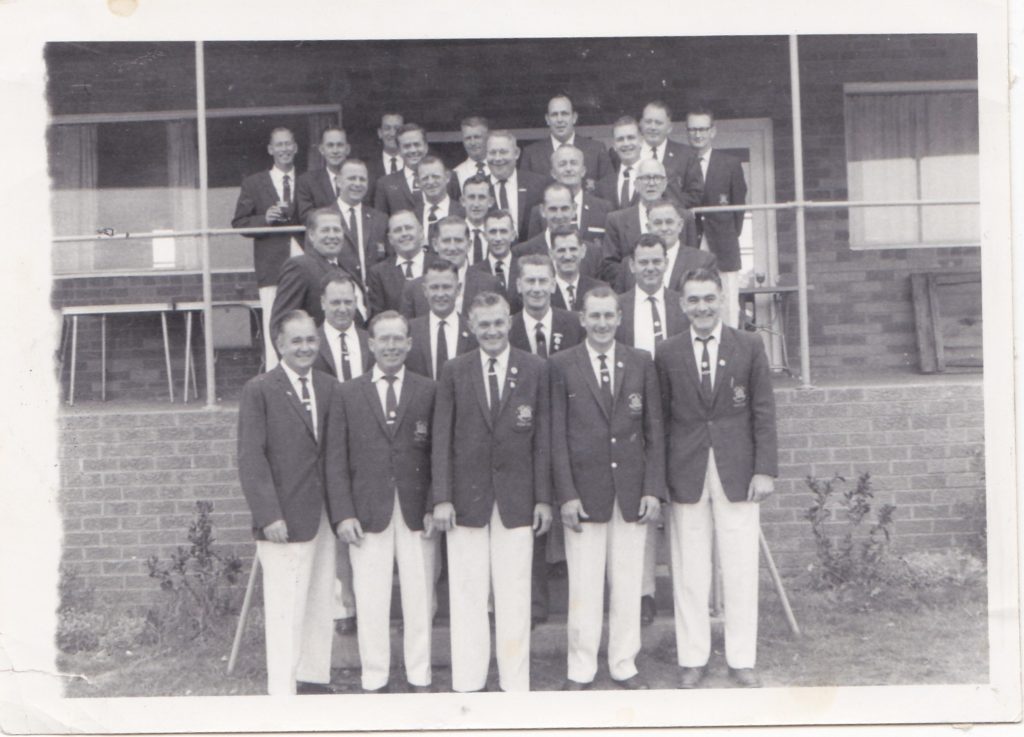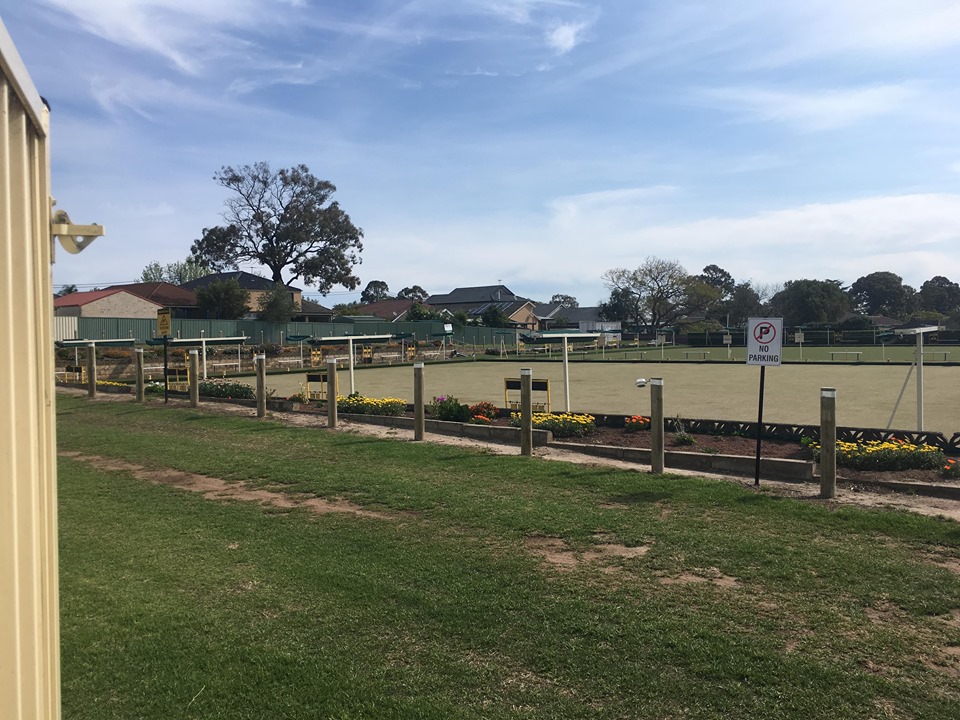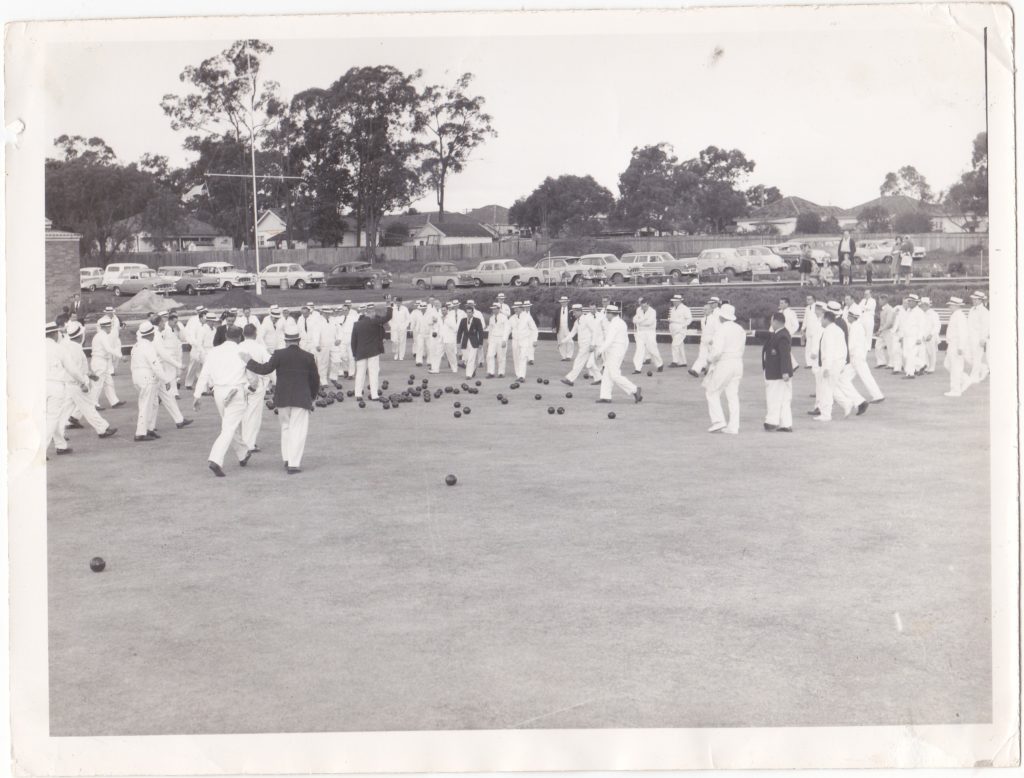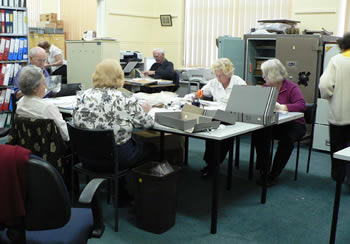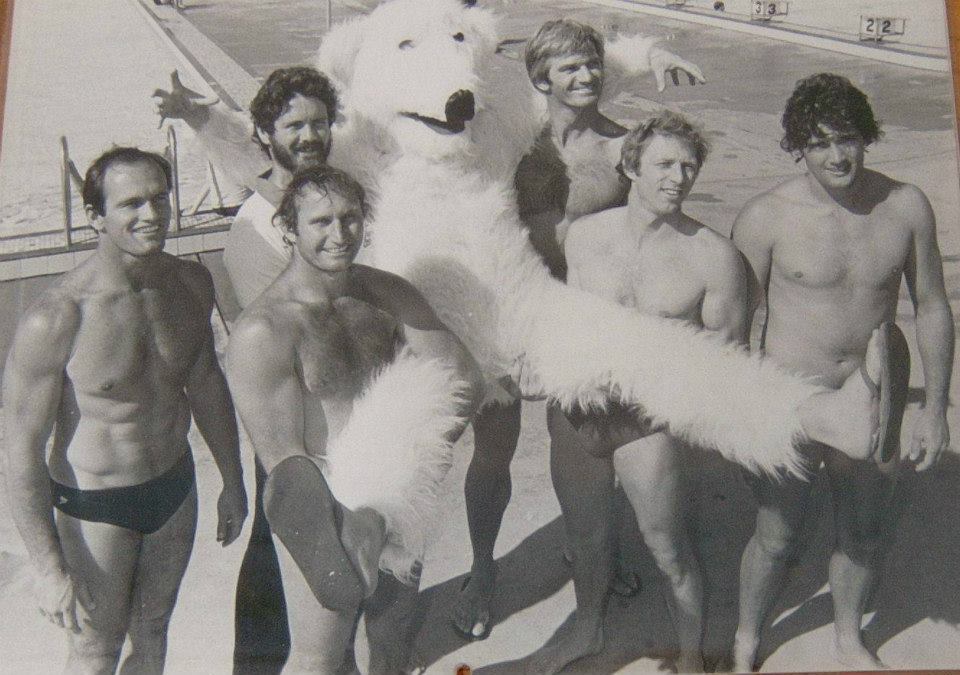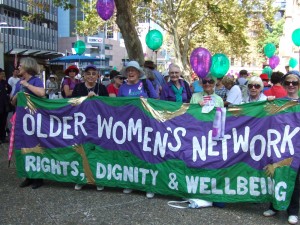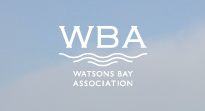Driving down Avoca St Randwick on the way to my first day volunteering at the Black Dog Institute with Mark’s lecture fresh in my mind, I wonder what surrounded the sandstone buildings and churches when they were built in the 1800s. Pulling into Hospital Rd I am thrown back into the present as I notice the entrance to the Black Dog Institute nestled in the shadow of gum trees and the very modern Neuroscience Research wing of the Prince of Wales Hospital. I entered the building expecting to be confronted by a similar sterility to the hospital next door, prepared for a long day of reading through boring medical research files. Once I was done with HR, introductions, instructions and set up at a desk with a laptop, I sighed into the desk chair that I knew I wouldn’t be getting up from for hours.
Bringing up the first documents from which I am required to extract key information for a timeline of the history of the institute, I begin reading about one of their first medical trials. I am fascinated to find that this was the first of many projects conducted by the Black Dog Institute which aimed to use online methods to tackle poor mental health. As a millennial I am naturally intrigued by the use of electronic devices for the treatment of mental illness. Not only are the documents I find myself reading not boring medical research files but they are actually providing me with interesting information on a topic with which I am not particularly familiar. As I submerge myself further into the studies completed and research grants approved, a picture of an organization which works persistently to connect their knowledge with their community appears before me. Whether it be through their strategies which were adopted by the NSW government or the making of a new app, the Black Dog Institute has displayed dedication to closing the gap between their medical research and the community. Perhaps I am jaded by the blissful oblivion on the work which lies ahead of me, but I can’t help but look forward to trying to compile a timeline which effectively reflects the nature of Black Dog.
